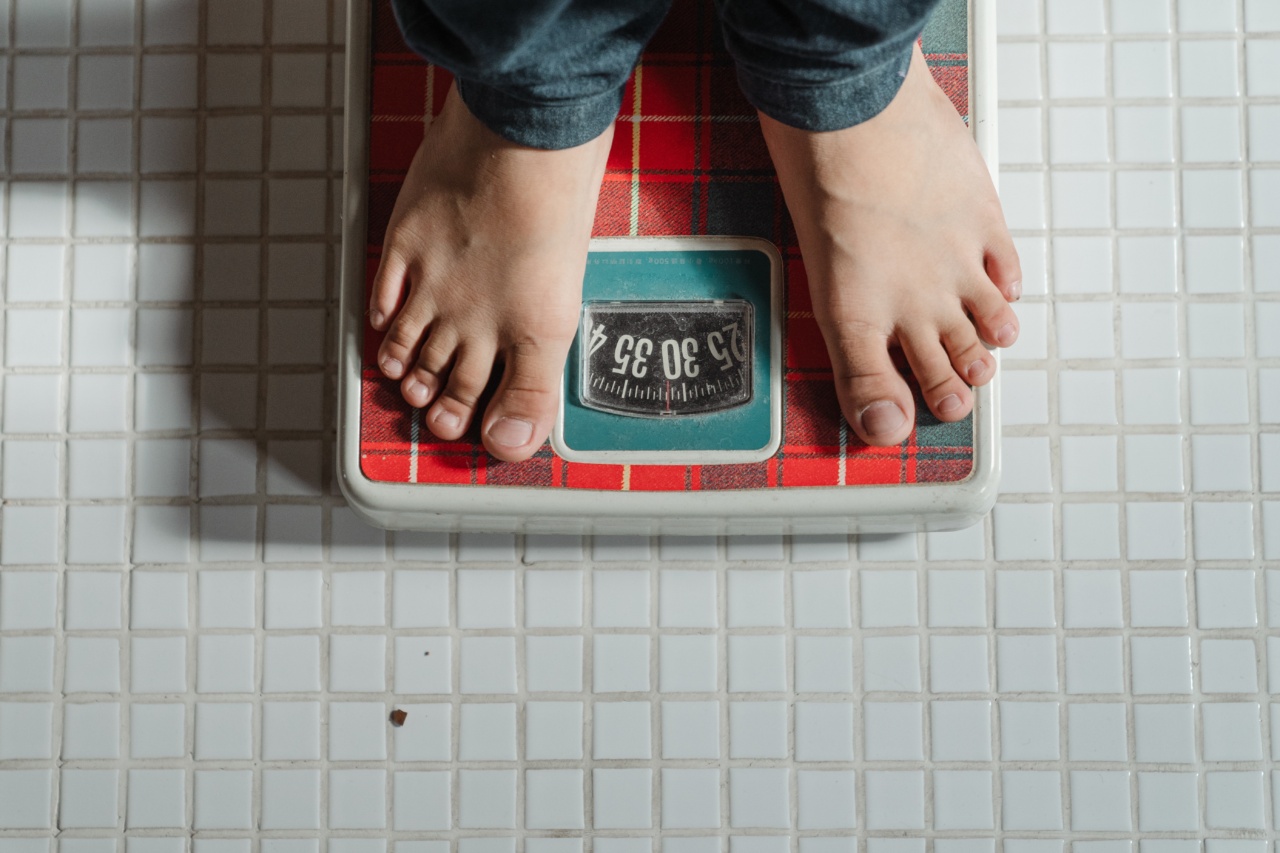The Paleo diet is a way of eating that mimics the eating habits of our hunter-gatherer ancestors.
It is based on the concept that our modern Western diet, high in processed foods, sugar, and grains, is the reason for most of the chronic diseases we see today: obesity, diabetes, heart disease, and even some forms of cancer.
What is the Paleo Diet?
A Paleo diet is based on the principles of eating real, whole foods that were available to our Paleolithic ancestors.
This includes:
- Lean meats, such as grass-fed beef, bison, and venison
- Seafood and fish, such as salmon, mackerel, and shellfish
- Fruits, such as berries, apples, and citrus
- Vegetables, especially root vegetables like sweet potatoes and carrots
- Nuts and seeds, such as almonds, walnuts, and flaxseed
- Oils derived from nuts and fruits, such as olive and coconut oil
The Paleo diet eliminates grains, legumes, dairy, and processed foods. These foods were not part of our ancestor’s diet and are often linked to inflammation, gut issues, and allergies.
The Benefits of a Paleo Lifestyle
The Paleo lifestyle has many benefits, including weight loss, improved energy levels, and better gut health. Here are some of the top benefits:.
Weight Loss
Research suggests that people on the Paleo diet tend to lose weight without feeling hungry or deprived. This is because the diet is high in protein and fat, two nutrients that keep you feeling satisfied for longer periods.
The diet also eliminates processed and refined foods, which are often loaded with extra calories and sugar.
Improved Energy Levels
Because the Paleo diet is high in nutrient-dense foods, it provides plenty of energy to fuel your body. The diet also eliminates foods that can cause energy crashes, such as processed foods, sugar, and refined carbs.
This can leave you feeling more alert and focused throughout the day.
Better Gut Health
The Paleo diet eliminates gut-irritating foods such as grains, legumes, and dairy. These foods are often linked to inflammation and can aggravate conditions such as leaky gut syndrome.
By removing these foods, the Paleo lifestyle can improve gut health and reduce inflammation throughout the body.
Reduced Risk of Chronic Disease
The Paleo diet is high in nutrients that are linked to a reduced risk of chronic diseases such as heart disease, diabetes, and some forms of cancer.
The diet is also low in foods that are linked to an increased risk of these diseases, such as processed and refined foods, sugar, and refined carbs.
How to Get Started with a Paleo Lifestyle
Getting started with a Paleo lifestyle may seem overwhelming, but it doesn’t have to be. Here are some tips to help you get started:.
Clean Out Your Pantry
The first step to starting a Paleo lifestyle is to clean out your pantry. Get rid of any processed foods, refined carbs, and sugar. Stock up on fresh fruits and vegetables, lean meats, and nuts and seeds.
Plan Your Meals
Planning your meals ahead of time can help you stick to the Paleo lifestyle. Take some time each week to plan out your meals and make a grocery list.
This will help you avoid the temptation of reaching for unhealthy foods when you’re hungry or short on time.
Don’t Forget the Fat
The Paleo lifestyle is high in healthy fats, such as those found in nuts, seeds, and coconut oil. Don’t be afraid to incorporate these healthy fats into your diet. They can help keep you feeling full and satisfied.
Find Paleo-Friendly Recipes
The Paleo lifestyle may seem limiting at first, but there are plenty of delicious recipes that are Paleo-friendly. Look for recipes that use whole, unprocessed foods and experiment with new flavors and ingredients.
In Conclusion
The Paleo lifestyle is a way of eating that can help you lose weight, feel more energetic, and reduce your risk of chronic diseases.
By focusing on real, whole foods and eliminating processed and refined foods, you can improve your overall health and well-being.




























